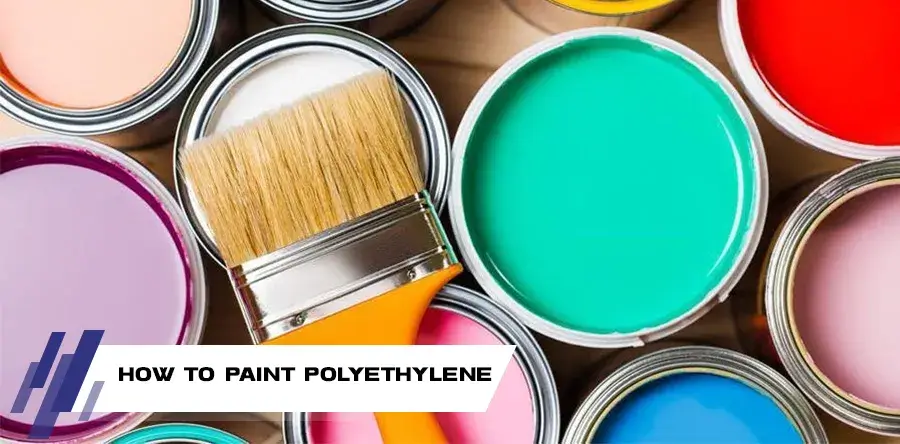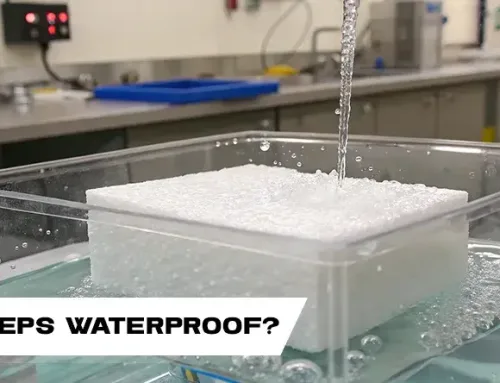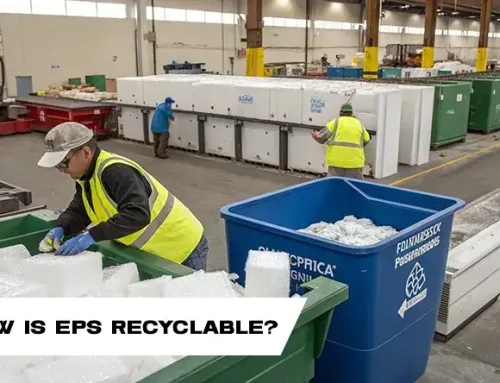Painting polyethylene plastic can be a challenging task due to its unique properties. However, with the right preparation and materials, you can achieve a durable and attractive finish. This guide will walk you through the essential steps on how to paint polyethylene plastic, addressing common questions such as Can you paint polyethylene and Can you paint high-density polyethylene (HDPE).
Understanding Polyethylene and Its Paintability
Polyethylene is a widely used plastic known for its low surface energy and non-porous nature, which makes it resistant to adhesion from conventional paints. This characteristic raises the question: can you paint polyethylene? The answer is yes, but it requires specific techniques and products to ensure proper adhesion.
Preparation Steps for Painting Polyethylene
- Clean the Surface: Start by thoroughly cleaning the polyethylene surface. Use a mild soap solution or a degreaser to remove any dirt, grease, or contaminants. Rinse well and allow it to dry completely.
- Sand the Surface: Lightly sand the area you intend to paint using fine-grit sandpaper (around 220 grit). This step is crucial as it creates a rougher surface that enhances paint adhesion. Be cautious not to over-sand, which could damage the plastic.
- Apply a Primer: Using a primer designed specifically for plastics is essential. Look for primers labeled as adhesion promoters or those formulated for polyethylene surfaces. Apply an even coat and let it dry according to the manufacturer’s instructions.
- Choose the Right Paint: Select a paint that is compatible with plastics. Acrylic paints or specially formulated spray paints for plastics are recommended due to their flexibility and durability. Avoid oil-based paints as they can cause cracking in the plastic.
- Apply the Paint: Once the primer is dry, apply your chosen paint in thin, even coats. If using spray paint, hold the can about 10-12 inches away from the surface and use smooth, sweeping motions. Allow each coat to dry completely before applying additional coats.
- Seal the Paint (Optional): For added protection, especially if the item will be exposed to outdoor conditions, consider applying a clear sealer designed for plastics after the final coat of paint has dried.

Considerations When Painting HDPE
When asking can you paint high density polyethylene, it’s important to note that HDPE shares similar properties with regular polyethylene but may require additional care due to its density and structure.
- Ensure thorough cleaning and preparation as mentioned above.
- Some users find success with two-part paints like Surfacer 2000, which are specifically designed for better adhesion on HDPE surfaces.
- Always check product labels to confirm compatibility with HDPE.
Additional Tips
- If you’re painting large items like storage tanks or outdoor furniture made of polyethylene, consider using elastomeric paints that maintain flexibility after drying. This helps prevent chipping or cracking as the material expands or contracts with temperature changes.
- For best results, consult with a local paint professional who can provide insights into specific products suited for your project.
By following these steps on how to paint polyethylene plastic, you can successfully transform its appearance while ensuring that your paint job lasts. Whether you’re refreshing old items or customizing new ones, proper preparation and product selection are key to achieving a beautiful finish on polyethylene surfaces.







Leave A Comment